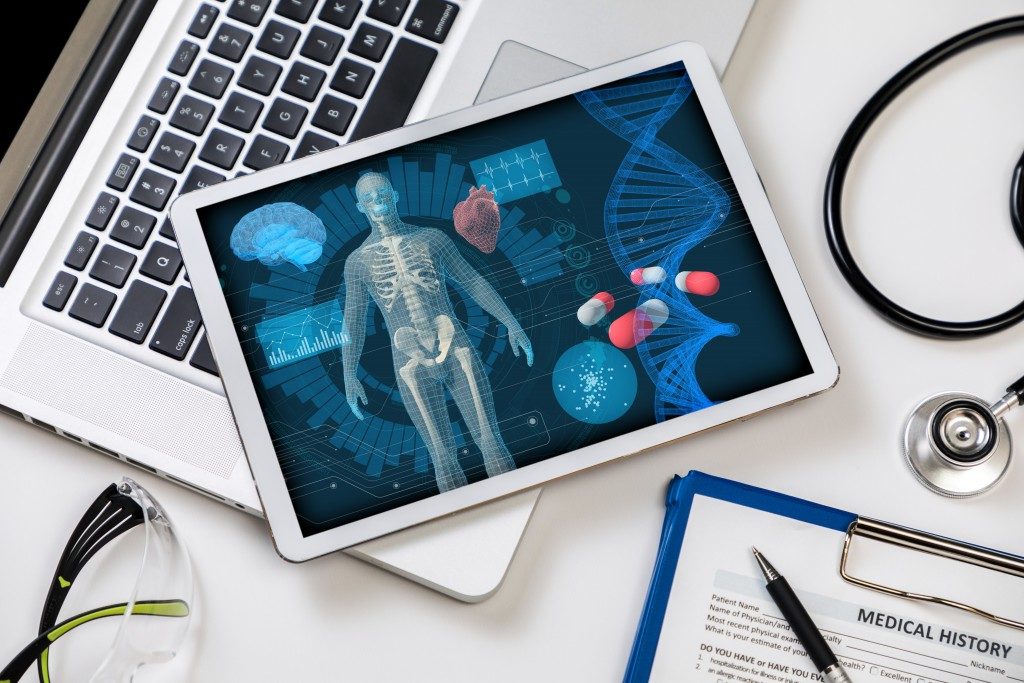Stem cell therapy has been seeing a lot of attention these days, even in East Stroudsburg. So you've probably heard about it. You might also be wondering if it might be used to help a loved one with severe disease. But what exactly are stem cells, and how can they be used?
What Are Stem Cells?
Stem cells are considered as the human body's raw materials. You can also think of them as your body's cells where other cells with specialized functions are produced. And under the right conditions in either a laboratory or the body, these cells also can develop into many other different types of cells, from brain cells to muscle cells. These are called daughter cells. Stem cells are unique and highly valuable because they are the only cells in the body that has this ability.
These daughter cells can turn into new stem cells. They can also transform into specialized cells with a more distinct function like brain cells, blood cells, bone cells, or heart muscle cells.
Where Do Stem Cells Come From?

Researchers discovered that stem cells might come from several sources, such as the following:
- Embryonic stem cells. Embryonic stems cells, as the name implies, come from embryos that are only three to five days old. These are what you call pluripotent cells or the cells that can divide into different types of stem cells. And because of its versatility, it is mostly used to repair or regenerate diseased organs and tissue.
- Adult stem cells. These type of stem cells are usually found in small numbers in some adult tissues, such as fat or bone marrow. Mature stem cells have a more limited ability than embryonic cells.
- Induced pluripotent stem cells. These stem cells are mostly adult cells that have been modified to have the properties of embryonic stem cells.
- Perinatal stem cells. Perinatal stems cells also can transform into specialized cells. They are found in amniotic fluid and umbilical cord blood.
Things to Know About Stem Cell Therapy

The discovery of stem cells and their ability to heal is a scientific breakthrough in the medical industry. However, there are important things to know about stem cells. Here are some of them:
- Not all types of stem cells serve the same purpose in the body.
- The same stem cell treatment that worked for a particular disease might not work for a different condition or disease.
- How and where the stem cells are put back in your back affects the efficacy of the treatment.
- Just because the stem cells come from your own body, it doesn't automatically mean they are safe when used in treatments.
- Not all experimental treatments are a part of a clinical trial or research study, especially if it's for sale.
Although the discovery of stem cells is truly a breakthrough in the medical field, it has a long way to go. It is a discovery that requires in-depth research and study before their use can be expanded. Scientists must learn and understand how embryonic stem cells develop to help them know how to control each type of cell generated from them. But the future of stem cells looks promising.
